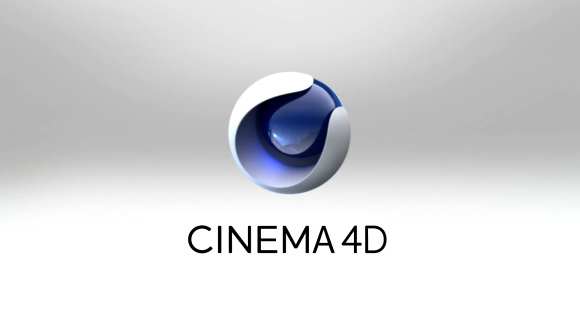As part of the company’s continuing effort to add value to its subscription offerings, Maxon had announced the addition of 50+ 4K premium tiled textures to the Maxon Capsules collection, designed to bring photorealism to artists’ renderings by adding minor flaws to the surfaces of 3D objects. The greyscale maps feature a mix of scratches, dust specs, smudges, fingerprints, hairs, residue, isolated fingerprints, all scanned from real surfaces and meticulously tiled. The Surface Imperfections Volume 1 texture library was created by David Gruwier and has been licensed by Maxon for immediate royalty-free use by all Cinema 4D and Maxon One subscribers

For years surface imperfections or grunge maps have been the secret sauce of top professionals. By subtly layering in surface imperfections like dust, scratches, fingerprints and smudges – artists can take their renders from good to great. Building textures like this takes expensive equipment, specialized techniques, and the time and patience to make them seamlessly tileable. Maxon is excited to make this commercial library – Maxon Capsules collection available free to all Cinema 4D users without the hassles of project-by-project licensing.
Availability | Maxon Capsules
The Surface Imperfections collection of textures is available immediately in the Cinema 4D Asset Browser in the Textures/Imperfections category or by searching for “si-v1.”
Example of Use
- Glossiness or Anisotropy Maps to add realistic surface imperfections to reflective surfaces such as glass, metal and plastic.
- Bump Maps for realistic micro-scratches, for creating subtle impurities in materials like plastic, paint and more.
- Extra Detail on windows, monitors, mirrors and other reflective surfaces that require that extra glint of realism.
- Texture Painting stamps and brushes source material.
- Masks for layered materials and procedural shaders.
- Overlays on lens flares and glare in compositing, emulating dirty lenses or camera housing.
- Mix with plain colors in your materials to break them up and add variation, because no surface color is perfect.